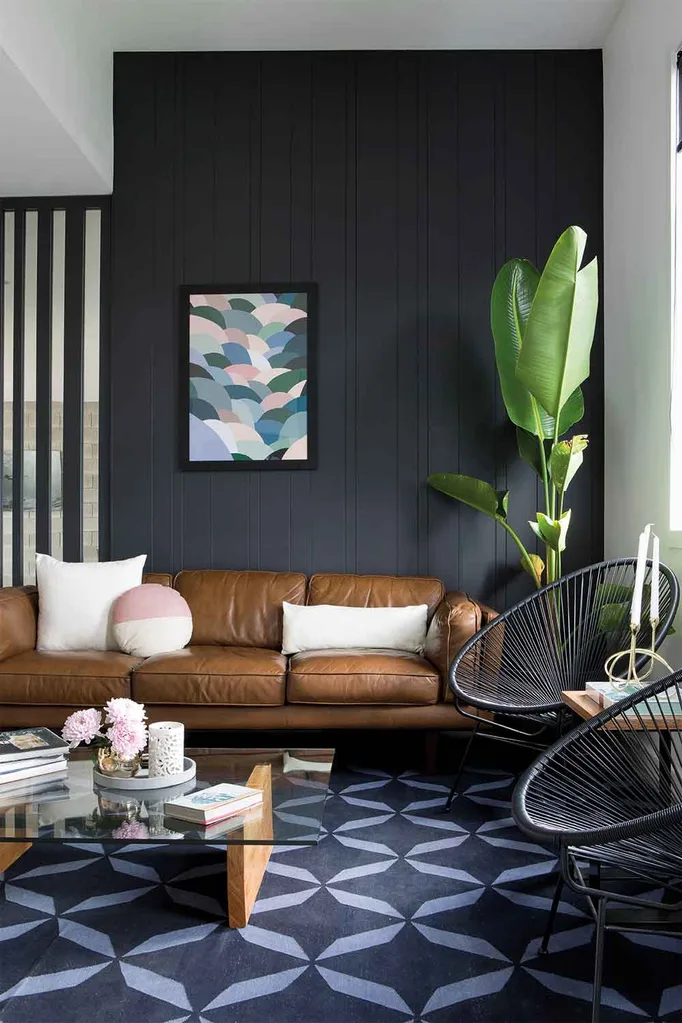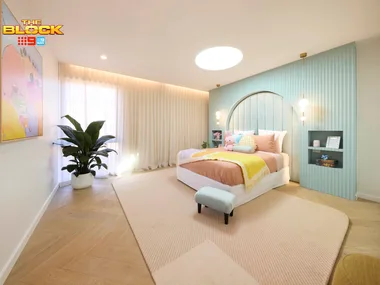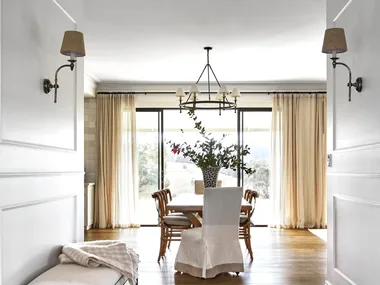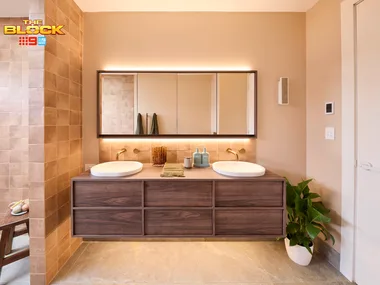Ready to embark on your dream home journey? Here are seven things our experts say you should think about before getting started:
1. Don’t think about lighting as a stand-alone
“Think about what you are lighting: the objects, the materials, the space, and how you want to feel and the mood you want to create. This is not only practical, but allows you to bring out the decorative elements of your home” – Joe Snell, architect, Snell Architects.
2. Make your wall panels a feature
“Panels can be used as stunning stand-out features in some of the less obvious areas in the home: hallways, bedheads, study nooks, kitchen benches and even to update old furniture. They add texture to areas of the home that are often taken for granted and enhance the design” – Andrew Penny, general manager, Easycraft.

3. Give it time
“Live in your forever home before making any decisions on big-ticket finishes, paint colours or furnishings. It’s important to know exactly where the sunlight falls and the best nooks to cosy up”– Katrina O’Brien, acting editor, Home Beautiful.
4. Invest in longevity
“Invest in quality hardware, as drawer runners and hinges are often the first signs of a tired kitchen. Brands such as Blum and Hafele have soft-closing hardware that will not only make the kitchen a quieter place but also help keep it fresh and young” – Chris Ruffé of Bondi Kitchens.

5. Don’t forget about your ceilings
“Using panelling on ceilings is a creative way to help formulate a particular style you are after and when matched with a traditional plasterboard wall finish, creates a focal point” – Andrew Penny, general manager, Easycraft
6. Ask for help
“Don’t be afraid to call in the experts. This is your dream home and an interior designer or decorator will help get the look you love. Do your research – check out as many previous projects as possible and call those referees” – Katrina O’Brien, acting editor, Home Beautiful
7. Install flexible lighting options
“Consider dimming. A light that has only one lighting level can only be used as either off or on, but by adding dimming you can adjust the light level to more adhere to the task at hand. This can also reduce the number of lights required and may even save your budget!” – Joe Snell, architect, Snell Architects


You might also like:
Bricks are back: the latest home trend revealed
Why you should love scalloped tiling
 Armelle Habib
Armelle Habib









